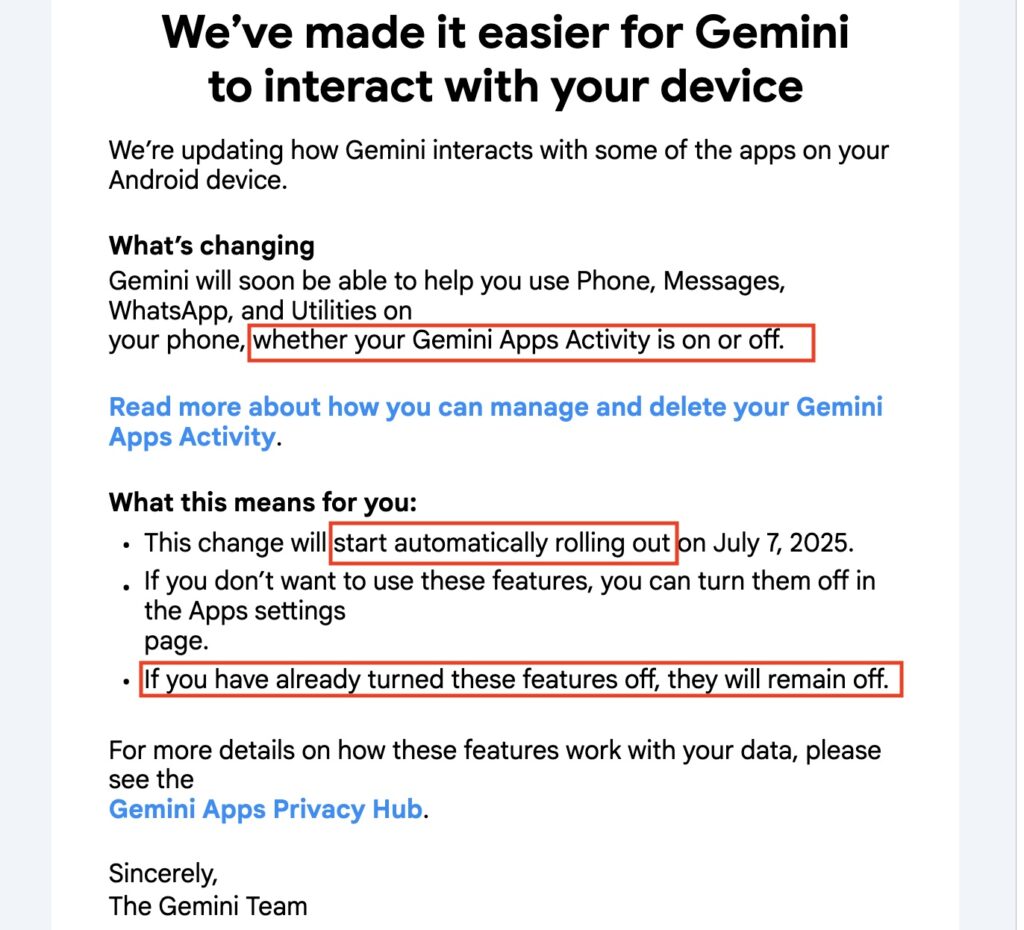Pro basketball player and 4 youths arrested in connection to ransomware crimes
Authorities in Europe have detained five people, including a former Russian professional basketball player, in connection with crime syndicates responsible for ransomware attacks.
Until recently, one of the suspects, Daniil Kasatkin, played for MBA Moscow, a basketball team that’s part of the VTB United League, which includes teams from Russia and other Eastern European countries. Kasatkin also briefly played for Penn State University during the 2018–2019 season. He has denied the charges.
Unrelated ransomware attacks
The AFP and Le Monde on Wednesday reported that Kasatkin was arrested and detained on June 21 in France at the request of US authorities. The arrest occurred as the basketball player was at the de Gaulle airport while traveling with his fiancée, whom he had just proposed to. The 26-year-old has been under extradition arrest since June 23, Wednesday’s news report said.
US prosecutors accuse Kasatkin of having negotiated ransom payments with organizations that had been hacked by an unnamed ransomware syndicate responsible for 900 different breaches. A US arrest warrant said he is wanted for “conspiracy to commit computer fraud” and “computer fraud conspiracy.”
An attorney for Kasatkin said his client is innocent of all charges.
“He bought a second-hand computer,” the attorney told reporters. The attorney continued:
He did absolutely nothing. He’s stunned. He’s useless with computers and can’t even install an application. He didn’t touch anything on the computer. It was either hacked, or the hacker sold it to him to act under the cover of another person.
US authorities are currently in the process of extraditing Kasatkin.
Pro basketball player and 4 youths arrested in connection to ransomware crimes Read More »














